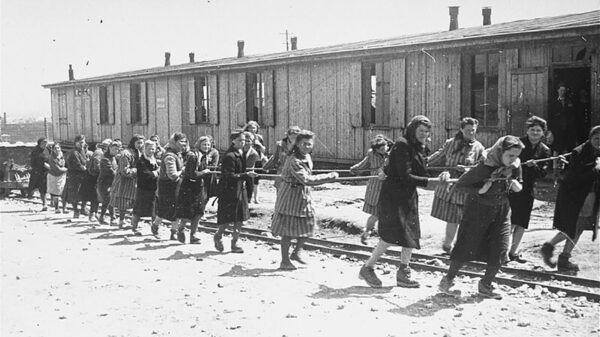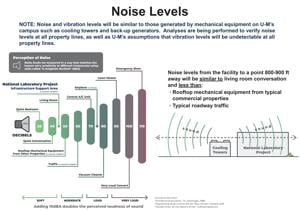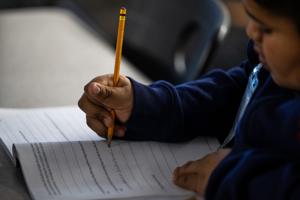The latest results from the Colorado Department of Education reveal statewide improvements in student growth and achievement, yet the Pikes Peak region shows a more varied picture. Spring 2023 testing outcomes indicate that while many districts in Colorado are advancing, progress in the Pikes Peak area is inconsistent, raising questions about educational strategies and resources in the region.
Statewide Progress in Student Achievement
According to the Colorado Department of Education, the state has seen a notable increase in student performance across several key metrics. During the 2022-2023 academic year, overall student growth in reading and mathematics improved by approximately 5% compared to the previous year. This positive trend underscores the effectiveness of recent educational reforms and initiatives aimed at enhancing learning environments statewide.
Key areas of improvement include urban districts, where significant investments in technology and teacher training have contributed to better student outcomes. For instance, Denver Public Schools reported an impressive increase in third-grade reading scores, with a rise of 7% from the previous year. These advancements reflect a broader commitment to elevating educational standards and resources for students across Colorado.
Despite these promising results, the Pikes Peak region presents a more complex scenario.
Mixed Results in the Pikes Peak Region
Within the Pikes Peak region, which includes districts such as Colorado Springs School District 11 and Academy District 20, the results from spring testing varied significantly. While some schools demonstrated progress, others reported declines in student performance. In particular, Colorado Springs School District 11 experienced a decrease of 3% in math scores compared to the previous year, raising concerns among educators and parents alike.
Local education officials attribute these mixed results to several factors, including socioeconomic challenges and varying levels of access to educational resources. The disparities in performance among schools highlight the need for targeted interventions to address specific community needs. For example, schools that implemented additional tutoring programs and after-school support saw improvements, indicating that tailored approaches may yield better outcomes.
The Colorado Department of Education continues to work closely with local districts to identify effective strategies that can bridge the achievement gap. Plans for the upcoming 2023-2024 academic year include increased funding for underperforming schools, professional development for teachers, and enhanced community engagement initiatives.
In conclusion, while Colorado overall shows promising advancements in student achievement, the Pikes Peak region’s mixed results call for a focused effort to ensure that all students have equitable opportunities for success. As educators, policymakers, and community leaders reflect on these findings, the goal remains clear: to foster an educational environment where every student can thrive.






































































